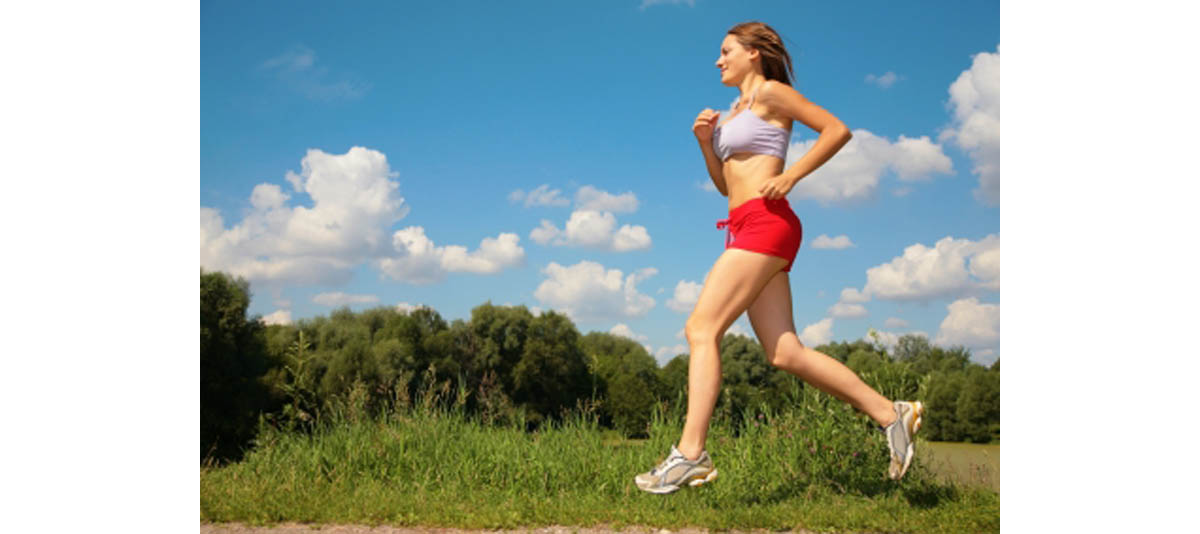Table of Contents
Seven scientists at the University of Bern in Switzerland, publishing their findings in the March 2011 edition of Medicine and Science in Sports and Exercise, have found a "loophole" for avoiding the toxic effects of all three kinds of sugar. The answer to health problems caused by sugar, the Swiss scientists say, is simply to burn off sugar calories before they are consumed.
Physical activity stimulates glucose uptake in muscles, even without insulin. This means that exercise helps remove sugar from the bloodstream and use it for energy, which can reduce blood sugar spikes after eating.

The liver converts sucrose and fructose into glucose. It then chemically combines glucose and water to make glycogen, which it stores as an emergency fuel reserve. Muscles do the same thing, on a smaller scale. A healthy adult usually has about 5 to 10 grams of glucose circulating through the entire bloodstream at any one time. That is enough to provide just 20 to 50 calories for exercise. Any more calories burned have to come from a combination of stored sugars, first, and then fat.
Glycogen is turned into glucose to fuel activity, and then it is replenished again after the next meal, at rest.
The Swiss scientists recruited cyclists who would ride through the Alps until they were exhausted. They did magnetic resonance imaging (MRI) to measure the size of the cyclists' livers before, during, and after the ride. Then when the cyclists were completely exhausted, they were asked to drink beverages made with either fructose or glucose (and in a few instances, a beverage labeled as flavored with milk sugar).
The liver scans showed that exhausting exercise depleted the stores of glycogen. Consuming sugar after the ride helped the liver build its stored energy back to normal levels. Two hours after consuming a glucose-flavored drink, the liver increased its volume an average of 2%. Two hours after consuming either fructose or milk sugar (galactose), the liver increased its volume an average of 9%.
Athletes cannot continue exercise without replenishing glycogen in the liver. Replenishing glycogen is also essential for maintaining muscle mass. The Swiss study showed that for athletes, fructose and galactose were far superior to glucose for restoring the body's energy supplies.
This study suggests that both table sugar and high-fructose corn syrup not only are not toxic, they are superior to the kind of sugar the body digests from "healthy foods," for athletes who work out to the point of exhaustion.
In sedentary people, consuming large amounts of fructose reduces the liver's sensitivity to sugars and leads to diabetes. In people who exercise at a moderate pace for a short period, for example, taking a 30-minute walk, the liver responds to fructose differently, and small amounts of fructose sugar may not be harmful. For most people, this means up to 20 grams (80 calories) of high-fructose corn syrup or table sugar will be tolerated, although unfortunately this may be too much for people who have diabetes.
In athletes who work out with maximum intensity, high-fructose corn syrup and table sugar up to the amount of calories burned may actually be helpful. But it is only possible to consume sugar calories with impunity when you have "paid" for them first, by exercise.
Exercise can also help counteract some of the harmful effects of sugar by improving insulin sensitivity. Regular exercise enhances the body's ability to use insulin effectively, reducing insulin resistance. When insulin sensitivity is improved, the body can better regulate blood sugar levels, reducing the risk of developing type 2 diabetes.
It's important to note that while exercise can have a positive impact on health, it cannot completely negate the harmful effects of excessive sugar consumption. Reducing sugar intake and maintaining a balanced diet are essential components of overall health and well-being.
Combining regular exercise with a healthy diet that limits added sugars and emphasizes nutrient-rich foods, such as fruits, vegetables, whole grains, lean proteins, and healthy fats, is the best approach to support your health and reduce the risks associated with a high-sugar diet.
- Décombaz J, Jentjens R, Ith M, Scheurer E, Buehler T, Jeukendrup A, Boesch C. Fructose and Galactose Enhance Post-Exercise Human Liver Glycogen Synthesis. Med Sci Sports Exerc. 2011 Mar 10. [Epub ahead of print]
- Photo courtesy of Celso FLORES by Flickr : www.flickr.com/photos/celso/2401957281/

